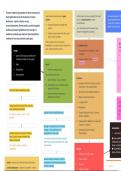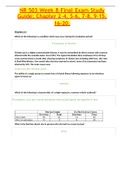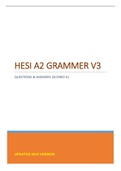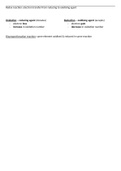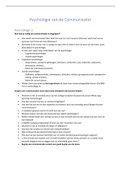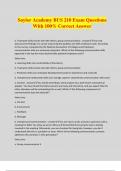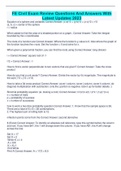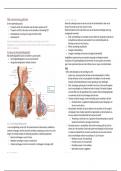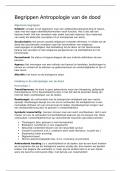Presentation
AQA A-Level Coastal Systems and Landscapes (Colour-coded notes)
- Institution
- AQA
Printable A4 Paper Size notes for the Water & Carbon Cycle section in the A-Level AQA 7037 Specification. Colour-coded and diagrams for easy and fun revision. Specific topics include: 'Sources of energy in coastal environments', 'Sediment sources, cells and budgets', 'Eustatic, isostatic and tecton...
[Show more]
